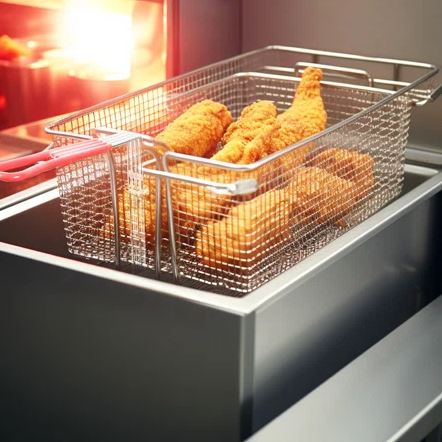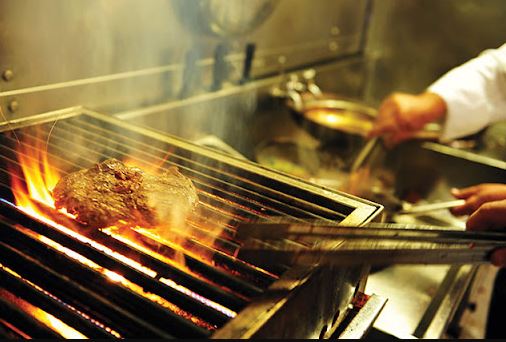
Keeping it Hot: Exploring the Benefits of the Best Commercial Food Warmers
It’s critical to keep your food at the ideal temperature in the hectic environment of the foodservice sector. It is imperative to invest in the best commercial food warmers for any establishment that serves food to the public, including restaurants and hotels. We shall explore the benefits of these necessary










